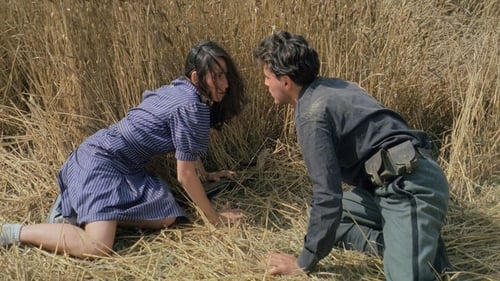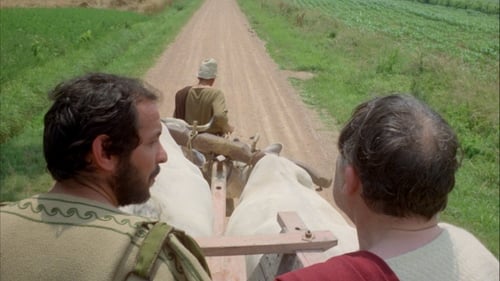
Fascist
8월 10일의 어두운 밤. 한 여성이 지난 전시 중에 겪었던 또다른 산로렌쪼의 밤을 떠올린다. 그때 아주 근접해 있는 미군의 진격으로 독일군과 파시스트들이 함께 후퇴하고 있다. 언덕에 자리잡은 한 마을에 농부와 숙련공, 그리고 중산층 시민들이 중세의 성 안에 있는 지하실에 숨어 있다. 마을 사람들은 자유가 임박했다는 희망에 고무된 채, 그곳에서 두려움과 허기에 찬 삶을 공유하고 있다. 이러한 때, 파시스트와 독일당국으로부터 마을 밖에 있는 교회에 모이라는 명령이 떨어진다. 사람들 집에는 지뢰가 매설되었고 얼마 있으면 폭발로 전부 산산조각이 날 것이다. 그리하여 주민들은 두 그룹으로 나뉘어져, 한쪽은 명령대로 교회에 가기로 결정하고, 나이든 농부 갈바노(Galvano: 오메로 안토누티 분)가 이끄는 다른 그룹은 연합군에 합류하기 위해 적진을 가로지르기로 결정한다. 칠흑같이 어두운 밤. 갈바노와 사람들은 마을에서 몰래 빠져나와 몇 킬로 밖에서 멈춰 마을을 뒤돌아 본다. 섬광과 폭발이 언덕 꼭대기로부터 피어오르고, 교회와 마을이 산산조각이 난다. 갈바노의 사람들은 작열하는 태양 아래서, 전쟁이 남겨 놓은 폐허를 지나며 계속 시골변두리를 걸어가고 있다. 일단의 유격대의 도움을 받아 그들은 몇명의 여자들이 수확 중인 옥수수밭에 이른다. 갈바노의 사람들도 이에 합세하여 근처 숲에 더미를 쌓는 것을 돕는다. 그때, 갑자기 파시스트들을 가득 태운 트럭이 도착하고, 다시금 격렬한 전투가 벌어진다.

Edipo
'Dalla nube alla resistenza (From the Cloud to the Resistance ) (1978), based on two works by Cesare Pavese, falls into the category of History Lessons and Too Early, Too Late as well. It, too, has two parts—a twentieth-century text and a text regarding the myths of antiquity, each set in the appropriate landscape. Pavese's The Moon and the Bonfires looks back on the violent deaths of Italian anti-Fascist resistance fighters; Dialogues with Leucò is a series of dialogues between heroes and gods, connecting myth and history and returning to an ambiguous stage in the creation of distinctions, such as that between animal and human, which are fundamental to grammar and language itself. Such a juxtaposition of political engagement with profoundly contemplative issues such as myth, nature, and meaning points to the characters of Empedocles and Antigone in the Hölderlin films.' (From "Landscapes of resistance. The German Films of Danièle Huillet and Jean-Marie Straub" by Barton Byg)

